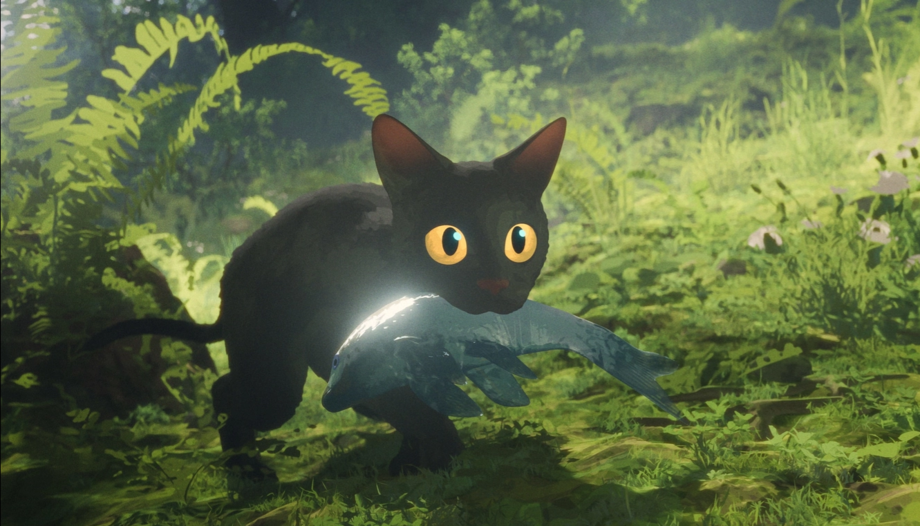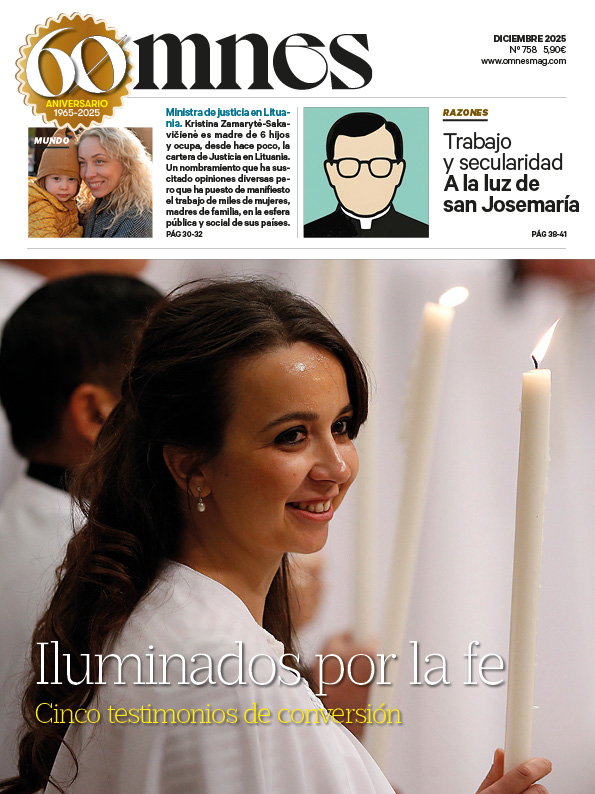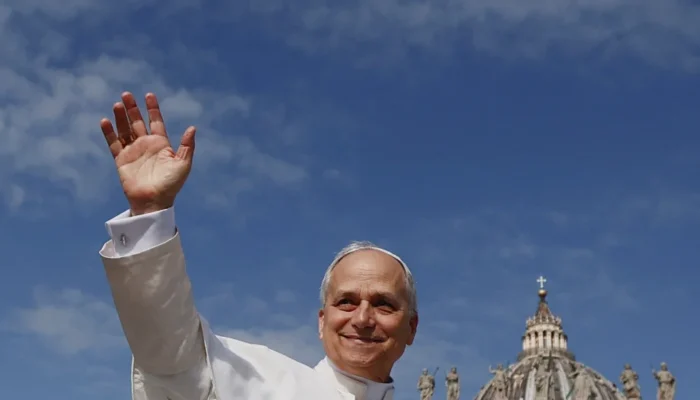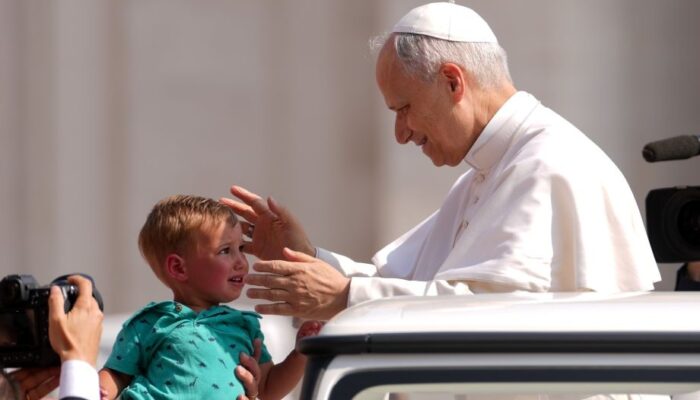Gints Zilbalodis’ Flow isn’t the kind of film that demands attention with spectacle or sound. It doesn’t rely on grand orchestral swells or rapid-fire dialogue to grip its audience. Instead, it moves like a whispered fable, a story told in gestures and glances rather than words. And yet, it lingers, long after the screen fades to black, it leaves you feeling as though you’ve witnessed something sacred.
Watching Flow in a Lithuanian theatre alongside my girlfriend and a few friends, I couldn’t help but reflect on its deeper themes. The film, which recently took home the Oscar for Best Animated Feature, has been celebrated across the Baltic states as a major artistic achievement. But beyond its technical mastery, Flow pulses with something more, an elemental spirituality that feels as old as myth itself.
There’s a quiet, spiritual pull to Flow, it’s an elemental journey, water, wind, earth, and the creatures caught between them, swept along by forces they can’t control. At its heart is a nameless cat, an observer-turned-participant in a world that seems to be vanishing beneath the tide.
Without dialogue or exposition, Flow relies on movement, glances, and the unspoken bonds that form between its characters. The cat begins alone, a scrappy scavenger navigating a landscape where danger arrives in waves, stampedes, floods, and the silent entropy of a world unraveling. The film’s emotional weight builds gradually as the cat collects companions: a Labrador, a capybara, a lemur, and, most notably, a white secretarybird whose presence suggests something more profound than mere camaraderie.
Meditative Beauty
At first, the silence of Flow might feel unsettling. There are no human characters, no spoken words to guide the narrative. All you have are the animals, moving, interacting, surviving in a world that feels both familiar and foreign. Yet, as the story unfolds, the absence of dialogue becomes its greatest strength. The barks, squawks, and rustling leaves fill the spaces where words might otherwise live. Each sound feels purposeful, each movement deliberate. It’s as if the film is teaching you a new way to listen, to see, to experience. For those willing to surrender to its rhythm, Flow offers a profound sense of connection, not just to the creatures on screen but to the natural world as a whole.
It gave me the impression of a sort of meditative quality. A reminder of the stillness where God’s voice can often be heard most clearly (Psalm 8) In the quiet of Flow, there’s room for reflection, for wonder, for a deep appreciation of the Creator’s handiwork. When seeing the natural beauty present in the film, it instantly made me think about God’s greatness in how He makes all the elements of the world work together.
The Messiah Figure: The Bird as a Christ-Like Symbol
The arc of the white secretarybird stands out as the film’s most overtly spiritual symbol. From its first appearance, the bird acts as a protector, saving the cat from drowning by catching and releasing it gently back onto the both and later by offering it food in an act of quit charity. Yet, kindness comes at a cost. When the bird’s own flock sees its compassion, they reject it. Undeterred, it continues to defend the cat, even when it means facing its own kind in battle. It fights for mercy and loses. Wounded and abandoned, it is cast out by those it once belonged to. The secretarybird is thus a figure of sacrifice, punished for its goodness.
But it is more than just a guardian, it is a leader, a guide steering the boat and testing the moral resolve of the other animals. When the group encounters the stranded dogs, the capybara and the labrador immediately push to save them, but the bird does not act right away. It watches, waiting, as if gauging whether the others have learned to care for those beyond their immediate circle. Only when the entire group signals their willingness to help, thus passing the test, does the bird relinquish control of the tiller. This moment, subtle as it is, reinforces the bird’s role not just as a protector, but as a teacher. It guides them toward compassion, just as Christ focused on compassion and outreach for the sinners of his time (Mark 2:17).
And then, in the film’s most ethereal moment, the bird ascends, not in death, but in departure. In a space where gravity briefly ceases to exist, a radiant portal opens above them. The bird rises toward the light, leaving the cat behind, grounded. It is a strikingly biblical image, reminiscent of ascension myths found across cultures, but particularly evocative of Christ’s departure from Earth after fulfilling his purpose.
Virtue and Transformation: The Journey of the Animals
Flow is, at its core, a story of transformation. The journey does not merely test the animals physically but forces them to evolve in ways that reflect deep, human-like virtues. Each character begins with a defining flaw, and each, through experience, overcomes it:
The Cat starts as a solitary, self-sufficient creature, hesitant to trust and quick to flee. Its survival instincts, while necessary, keep it isolated. By the end of the film, the cat has learned the value of companionship, willing to risk its own safety to save the capybara. Its final moment of stillness, staring at its reflection in the water, is not just a pause, it is a realisation. It is no longer alone.
The Lemur is initially materialistic, clutching its belongings as though they define its worth. But when the time comes to act, it lets go, literally and figuratively, prioritising the group over its possessions. This shift, from hoarding to generosity, is one of the film’s quietest but most human transformations.
The Labrador begins as a follower, comfortable with companionship but lacking direction. Through the journey, it learns true loyalty, not just to those who benefit it, but to those who need it. It chooses its real friends over the selfish pack of dogs it once belonged to.
The Bird embodies sacrifice. It protects, guides, and ultimately pays a price for its convictions. It learns, in the most brutal way, that standing up for what is right often means standing alone.
The Capybara is the moral centre. From the beginning, it is patient, kind, and willing to help. Unlike the others, it does not have a selfish flaw to overcome, perhaps because every story needs a character who simply represents goodness. But its presence is not passive; it holds the group together, reminding them about companionship and unwavering kindness in the face of uncertainity and fear.
The Meaning of Flow
Flow does not just depict loss, it makes you feel it. It presents a world in constant flux, where water rises and falls, where creatures come together and drift apart. But beneath the surface, it is about something even more universal; the process of learning empathy, the weight of sacrifice, and the bonds that form in the face of shared adversity.
In the final moments, as the floodwaters recede, the cat finds itself gazing into a puddle, not just at its own reflection, but at the faces of those who have become its family. It is a moment of quiet revelation. Surrounded by its newfound family, it is less fearful, more curious. Though the looming flood may still bring an uncertain fate, the cat has come to accept it, knowing that whatever comes next, it won’t face it in solitude. Survival, Flow suggests, is not just about enduring hardship. It is about who you choose to endure it with.
Below is the trailer for "Flow":
Founder of "Catholicism Coffee".








